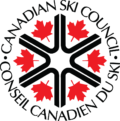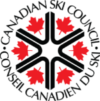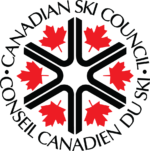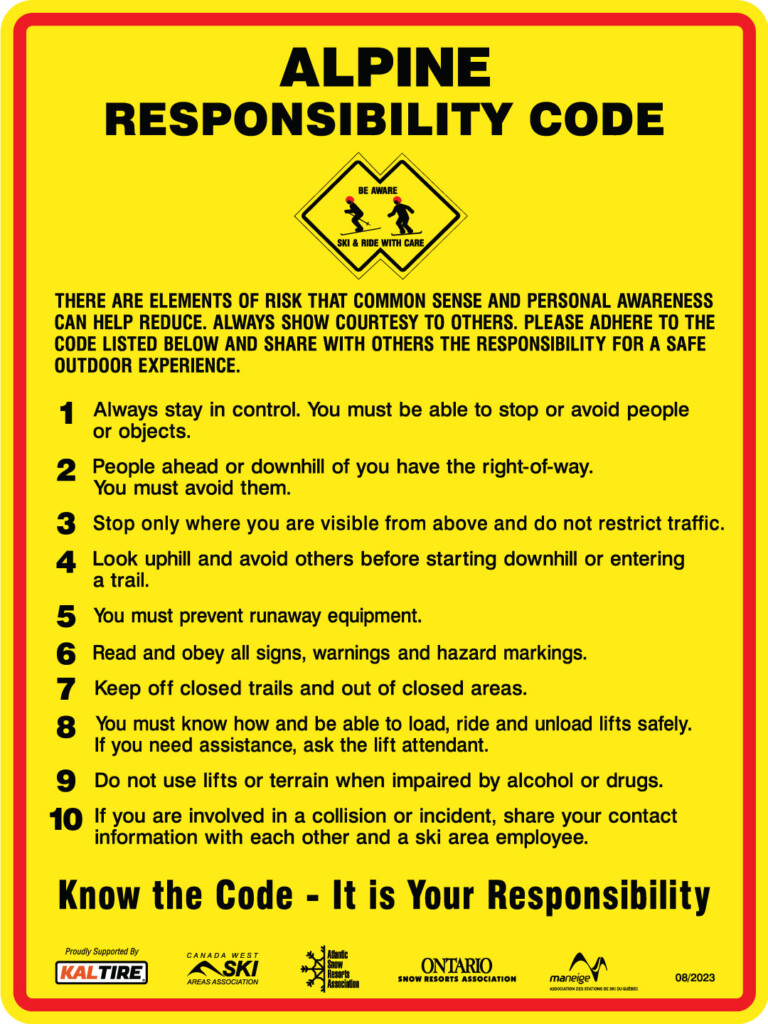Ski and Snowboard Safety
Dr. Rob’s Top Ten Tips for Using and Wearing Helmets
When Skiing and Snowboarding by Robert Williams, MD
Robert Williams, MD, is a pediatric anesthesiologist and associate director of the Pediatric Intensive Care Unit at Vermont Children’s Hospital and associate professor of Anesthesiology at the University of Vermont College of Medicine. He is also an avid skier and snowboarder and serves as a medical associate for the Smugglers’ Notch Ski Patrol.
Quick tips to ski and snowboard safely!
• Use properly adjusted equipment: ski bindings should be adjusted regularly by a professional.
• Always remain in control of your speed and direction.
• Use and respect the Mountain Code of Conduct and Alpine Responsibility Code.
• Snow park users: choose a terrain that matches your ability. Respect your limits!
Why wear a helmet?
The Canadian Ski Council recommends wearing helmets for skiing and riding. Skiers and snowboarders are encouraged to educate themselves on the benefits and limitations of helmet usage. The primary safety consideration, and obligation under the Alpine Responsibility Code, is to ski and ride in a controlled and responsible manner.
For more information on helmet safety check out myhelmet.ca
Content Courtesy of Myhelmet.ca and the Canadian Ski Council



